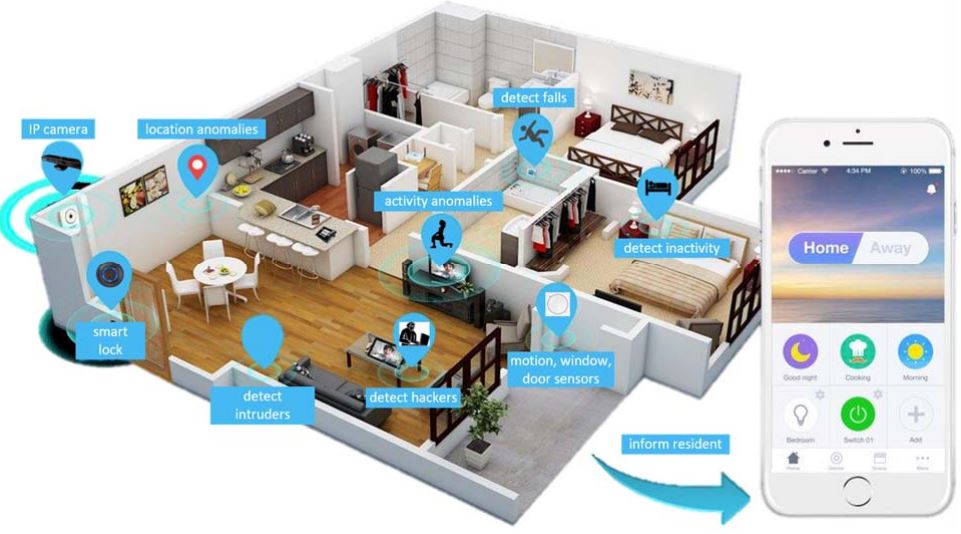Index Surge: Amplifying Your Insights
Stay updated with the latest trends and news across various industries.
Smart Homes or Smart Havoc? A Dive into Tech Trouble
Is your smart home a dream or a disaster? Discover how technology can turn convenience into chaos in our latest blog!
5 Common Smart Home Issues and How to Fix Them
As smart home technology becomes increasingly popular, many users encounter common issues that can disrupt their home automation experience. The first prevalent problem is connectivity issues. Devices may struggle to maintain a stable connection to Wi-Fi networks, leading to interruptions in automated routines. To fix this, consider placing your router in a central location, using Wi-Fi extenders, or switching to devices that operate on a more reliable frequency, such as Zigbee or Z-Wave.
Another frequent concern is compatibility between smart home devices. With a plethora of brands and technologies available, ensuring that all your devices communicate seamlessly can be a daunting task. To address compatibility issues, look for devices that support common standards like Matter or HomeKit. Additionally, using a central hub can often help bridge the gap between different brands, allowing for smoother integration and control over your smart home ecosystem.

Is Your Smart Home a Target? Understanding Cybersecurity Risks
As we embrace the convenience of smart home technology, it's essential to recognize the vulnerabilities that come with it. Devices like smart speakers, security cameras, and thermostats are often connected to the internet, making them susceptible to cyber threats. In fact, the cybersecurity risks associated with these devices can vary widely; hackers may exploit weak passwords or unpatched software to gain unauthorized access, potentially compromising sensitive personal data. To secure your smart home, make sure to regularly update your devices and use strong, unique passwords for each one.
Moreover, understanding how your smart home devices communicate is crucial in minimizing risk. Many products rely on cloud services, which can become targets themselves. It's important to educate yourself on the cybersecurity risks specific to the products you use. Consider implementing additional safety measures, such as setting up a separate Wi-Fi network exclusively for smart devices. By being proactive about your smart home’s security, you can significantly reduce the chances of falling victim to cyber attacks and enjoy the benefits of smart technology with peace of mind.
Top 10 Smart Home Gadgets That Could Cause Chaos
As smart home technology continues to evolve, gadgets designed to make our lives easier are becoming common features in many households. However, some of these seemingly harmless devices can turn out to be more trouble than they're worth. For instance, the smart thermostat can enhance energy efficiency, but if hacked, it could lead to extreme temperatures, causing discomfort or even damaging home appliances. Similarly, smart security cameras provide peace of mind, yet they can be vulnerable to breaches, with cybercriminals potentially invading your privacy and gaining access to personal data.
Moreover, there are devices like the smart fridge, which can order groceries automatically, but what happens if it misinterprets your preferences and fills your kitchen with unwanted items? Or consider the case of the smart speakers that listen to every conversation; privacy concerns can quickly escalate if the wrong software glitch leaks sensitive information. These examples illustrate that while smart home gadgets offer unprecedented convenience, the chaos they can unleash serves as a poignant reminder of the need for robust security measures and thoughtful consideration before integrating such technology into our lives.